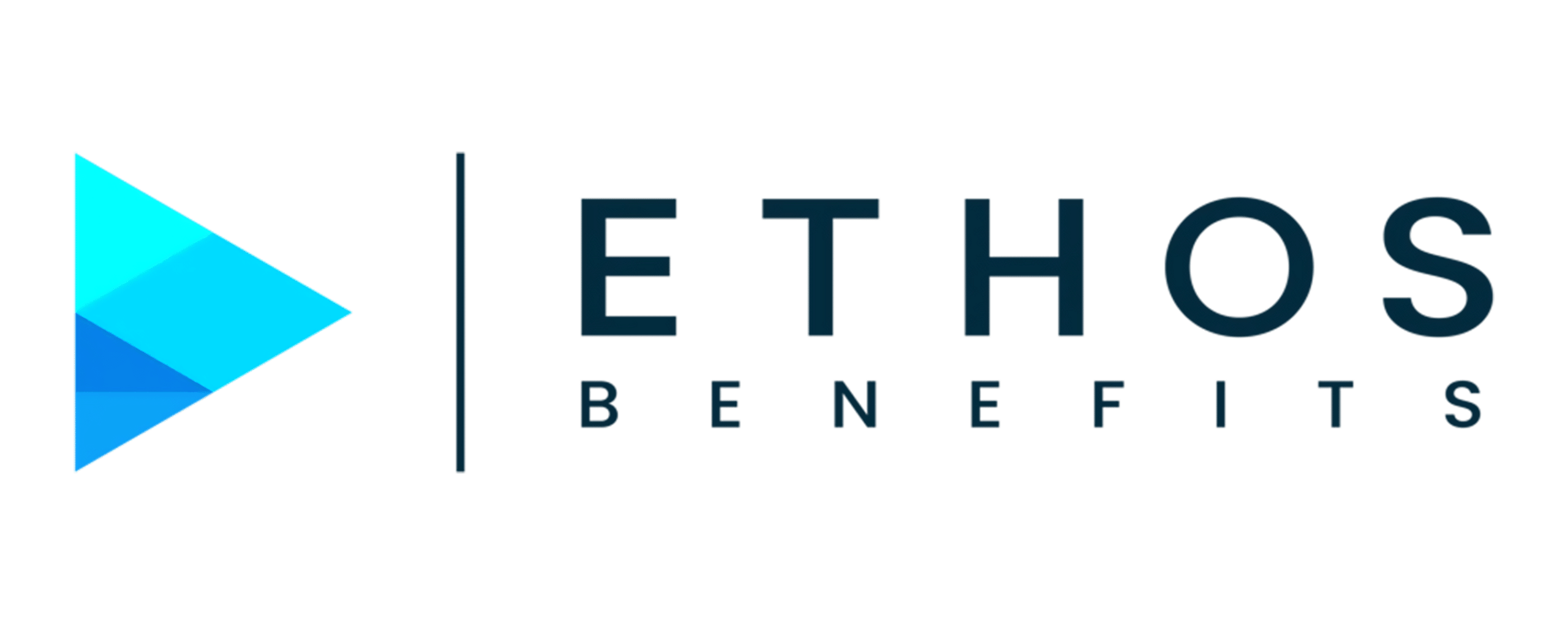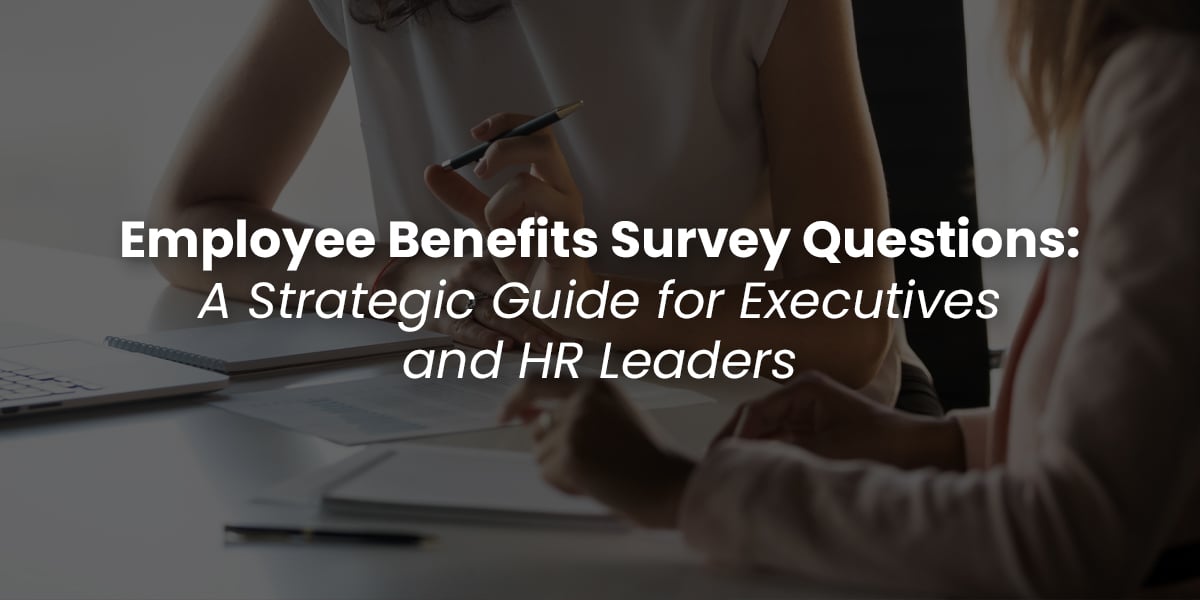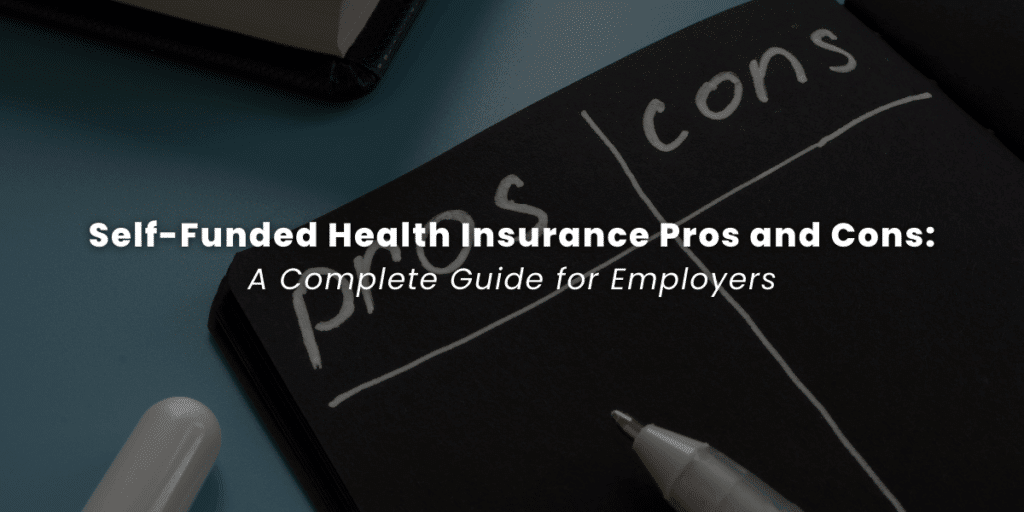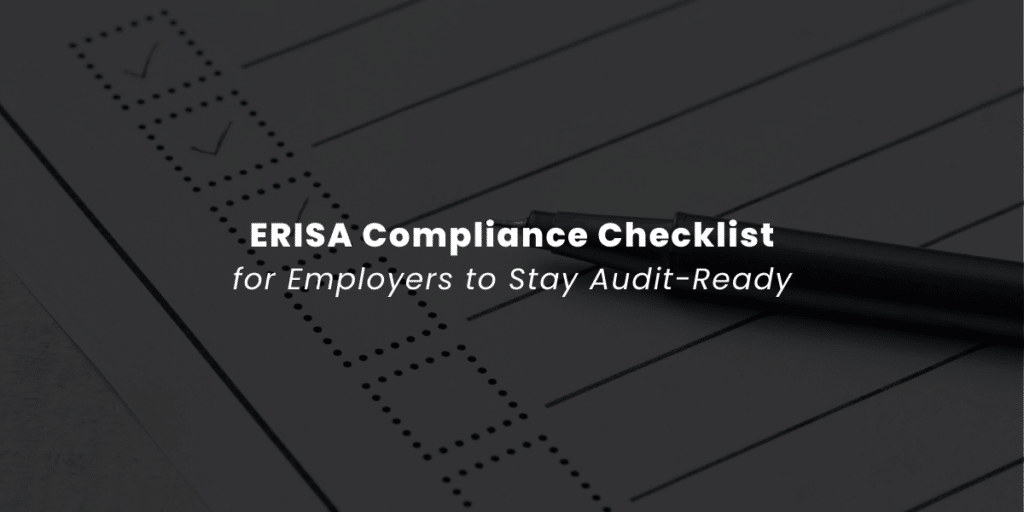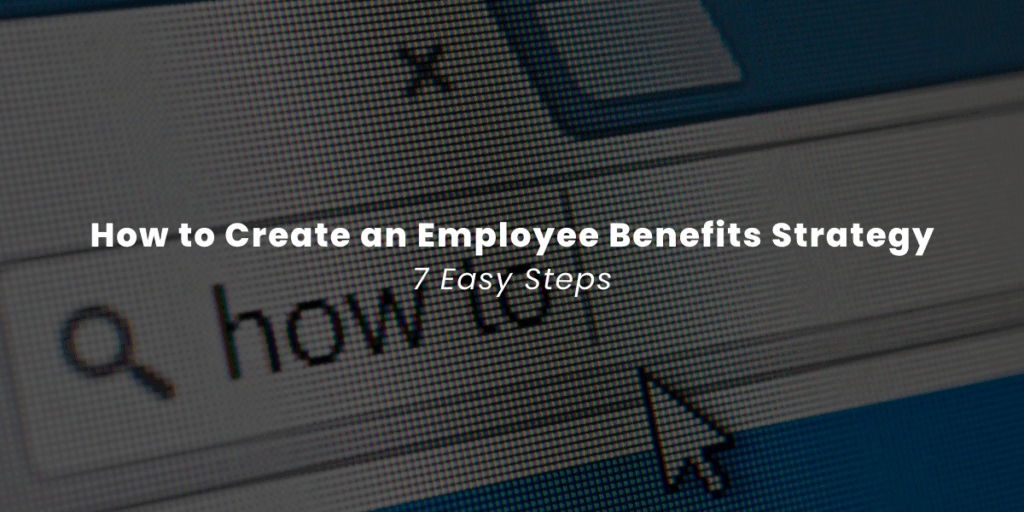In today’s competitive business landscape, employee benefits packages serve as crucial differentiators in attracting and retaining top talent. However, a concerning disconnect exists between employer perception and employee satisfaction. According to Aflac, while 80% of organizations believe their employees are highly satisfied with their benefits, only 58% of employees report high satisfaction.
This gap represents both a challenge and an opportunity for executives, stakeholders, and HR professionals. By implementing strategic employee benefits surveys, organizations can gain critical insights into which benefits truly matter to their workforce, optimize investments, and create benefits packages that drive recruitment, retention, and engagement.
Strategic Value of Employee Benefits Surveys
For executives and stakeholders, employee benefits represent a significant investment—often 30-40% of total compensation costs. Without proper insights, it’s challenging to determine whether this investment delivers optimal returns.
Talent Acquisition and Retention
According to Forbes, 60% of employees consider benefits extremely or very important when deciding whether to stay with their employer. In an era where replacing a skilled employee can cost 50-200% of their annual salary, understanding which benefits drive retention becomes a critical business imperative.
Employee Satisfaction and Productivity
The Employee Benefit Research Institute reports that 80% of employees who ranked their benefits satisfaction as extremely high also reported high job satisfaction. This correlation extends beyond satisfaction—employees with comprehensive benefits packages demonstrate higher engagement, lower absenteeism, and greater productivity.
Cost Optimization
Without proper insights, organizations risk investing in benefits that employees don’t value. Employee benefits surveys help identify which offerings provide the greatest return on investment, allowing for more strategic resource allocation.
Essential Components of an Effective Survey
Creating an effective employee benefits survey requires careful planning and consideration of several key components:
Clear Objectives and Purpose
Before drafting questions, define what you hope to achieve through the survey. Common objectives include: – Assessing overall satisfaction with current benefits – Identifying underutilized benefits – Gauging interest in potential new benefits – Understanding how benefits impact recruitment and retention.
Appropriate Timing and Frequency
An effective employee benefits survey should cover multiple dimensions of the benefits experience:
Comprehensive Question Categories
Creating an effective employee benefits survey requires careful planning and consideration of several key components:
1. General Satisfaction and Understanding
- On a scale of 1-10, how satisfied are you with the company’s overall benefits package?
- How well do you understand the benefits available to you?
- Do you feel the benefits package meets your needs and those of your family?
- How likely would you be to recommend our company to others based on our benefits package?
2. Health Insurance and Medical Benefits
- How satisfied are you with the current healthcare coverage options?
- Are your healthcare premiums, deductibles, and co-pays affordable?
- Do you feel your health plan provides adequate coverage for your needs?
- How would you rate the quality of the healthcare provider network?
- Do you feel your health plan has adequate mental health benefits?
3. Retirement and Financial Benefits
- How satisfied are you with the company’s retirement plan options?
- Do you feel the company’s contribution to your retirement savings is competitive?
- How confident are you that you will be able to retire comfortably based on current retirement benefits?
- Would you value additional financial planning resources or education?
4. Work-Life Balance and Flexibility
- How satisfied are you with the amount of paid time off (PTO) provided?
- How well does the company support your work-life balance needs?
- How important are flexible work arrangements to you?
- Which flexible work options would you value most (remote work, flexible hours, compressed workweek, etc.)?
5. Professional Development and Wellness
- How satisfied are you with the company’s support for professional development?
- Which wellness initiatives do you currently participate in?
- What additional wellness benefits would you value?
- How satisfied are you with the company’s mental health resources and support?
Best Practices for Survey Design and Implementation
To maximize the effectiveness of employee benefits surveys, follow these best practices:
Keep Surveys Concise Yet Comprehensive
While it’s important to gather comprehensive feedback, overly long surveys can lead to survey fatigue and lower response rates: – Limit surveys to 15-20 minutes completion time – Focus questions on current priorities and specific areas of interest – Use skip logic to direct respondents to relevant questions.
Use a Mix of Question Types
Different question types serve different purposes and provide richer insights: – Rating scales (1-5 or 1-10) provide quantifiable metrics that can be tracked over time – Multiple-choice questions offer structured feedback on specific options – Ranking questions force prioritization among competing options – Open-ended questions capture qualitative feedback and unexpected insights.
Ensure Anonymity to Encourage Honest Feedback
- Use anonymous survey platforms
- Avoid collecting unnecessary demographic information that could identify respondents
- Clearly communicate privacy measures to employees
Follow-Up and Communication
The survey process doesn’t end when responses are collected: – Share key findings with employees within a reasonable timeframe – Be transparent about both positive feedback and areas for improvement – Communicate specific actions that will be taken based on survey results – Provide timelines for implementation of changes.
Analyzing Survey Results for Strategic Decision-Making
Collecting survey data is only the first step—the true value comes from effective analysis and action planning:
Identifying Trends and Patterns
- Compare current results to previous surveys to identify trends over time
- Look for correlations between different question responses
- Identify areas with consistently high or low satisfaction
Segmenting Data by Demographics
While maintaining anonymity, segmenting data by relevant demographics can reveal important differences in benefits preferences: – Generation/age group – Job level or department – Family status – Geographic location (for multi-location organizations.)
Prioritizing Improvements
Not all survey findings can be addressed simultaneously—strategic prioritization is essential: – Consider both satisfaction scores and importance ratings to identify high-impact areas – Assess the feasibility of potential changes in terms of cost and implementation complexity – Balance short-term “quick wins” with longer-term strategic initiatives
Implementation Timeline
Implementing an effective employee benefits survey requires careful planning:
Planning Phase (4-6 Weeks Before Launch)
- Define survey objectives and key questions
- Determine timing and frequency
- Select survey platform or vendor
Development Phase (2-4 Weeks Before Launch)
- Draft survey questions
- Test survey for clarity and completion time
- Prepare communication materials
Launch Phase (1-2 Weeks)
- Send initial invitation with clear purpose and deadline
- Monitor participation rates
- Send strategic reminders to non-respondents
Analysis Phase (2-3 Weeks After Closing)
- Compile and analyze results
- Identify key findings
- Prepare executive summary and detailed report
Action Planning Phase (3-4 Weeks After Analysis)
- Present findings to key stakeholders
- Prioritize potential actions
- Develop implementation plans for selected initiatives
Conclusion
In an era where benefits packages serve as critical differentiators in the competition for talent, strategic employee benefits surveys provide invaluable insights that drive informed decision-making. For executives, stakeholders, and HR professionals, these surveys offer a window into employee preferences, satisfaction levels, and unmet needs—information that can transform benefits from a cost center to a strategic advantage.
By following the approach outlined in this guide—from establishing clear objectives and designing effective questions to analyzing results and implementing changes—organizations can create benefits packages that truly resonate with their workforce. The result is not just higher benefits satisfaction, but improved recruitment, retention, engagement, and ultimately, organizational performance.
References
- Aflac Workforces Report. (2023). The gap between employer perception and employee satisfaction with benefits.
- Forbes. (2024). The importance of benefits in employee retention decisions.
- Employee Benefit Research Institute. (2024). Correlation between benefits satisfaction and job satisfaction.
- Society for Human Resource Management (SHRM). (2024). Employee Benefits Survey.
- Rippling. (2024). Employee Benefits Survey: 33 Questions to Include.
- Vensure. (2023). Employee Benefits Surveys: Sample Questions & Best Practices.
- WellSteps. (2024). 60 Employee Benefits Survey Questions for Actionable Insights.
